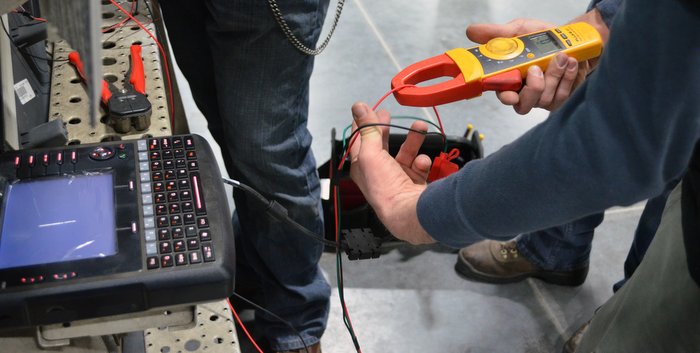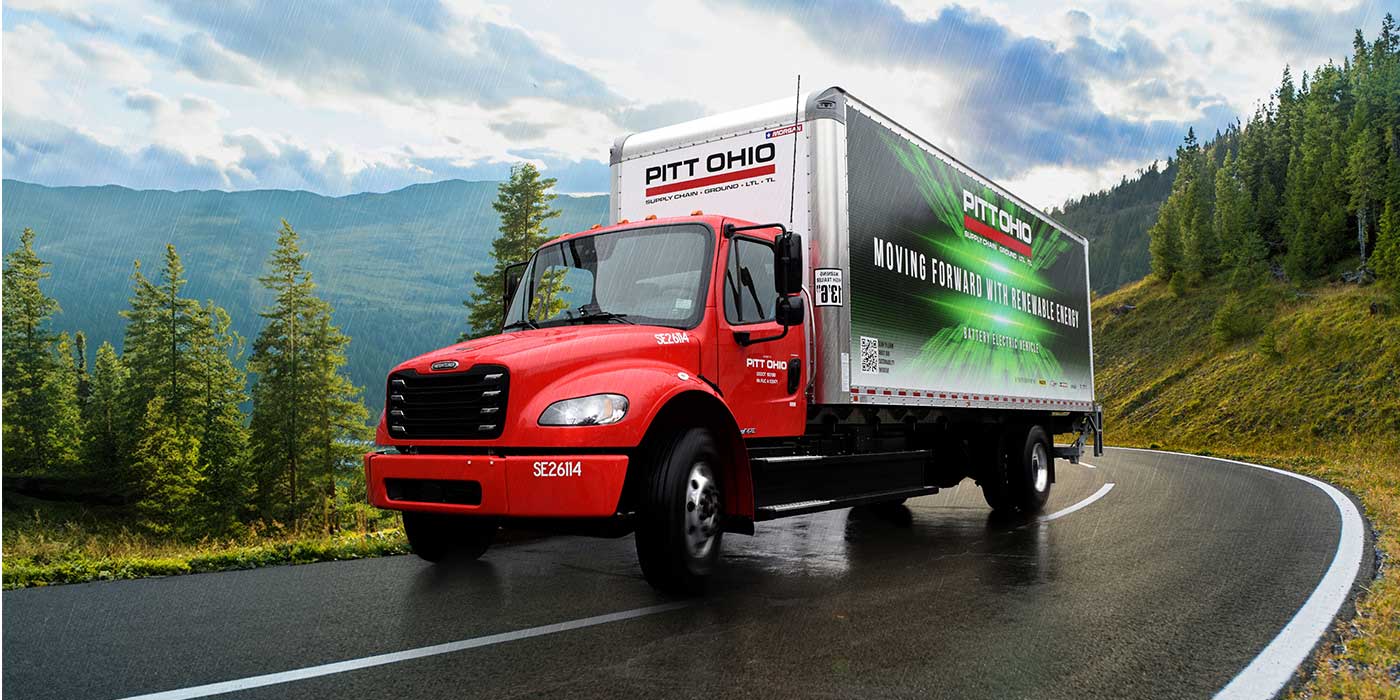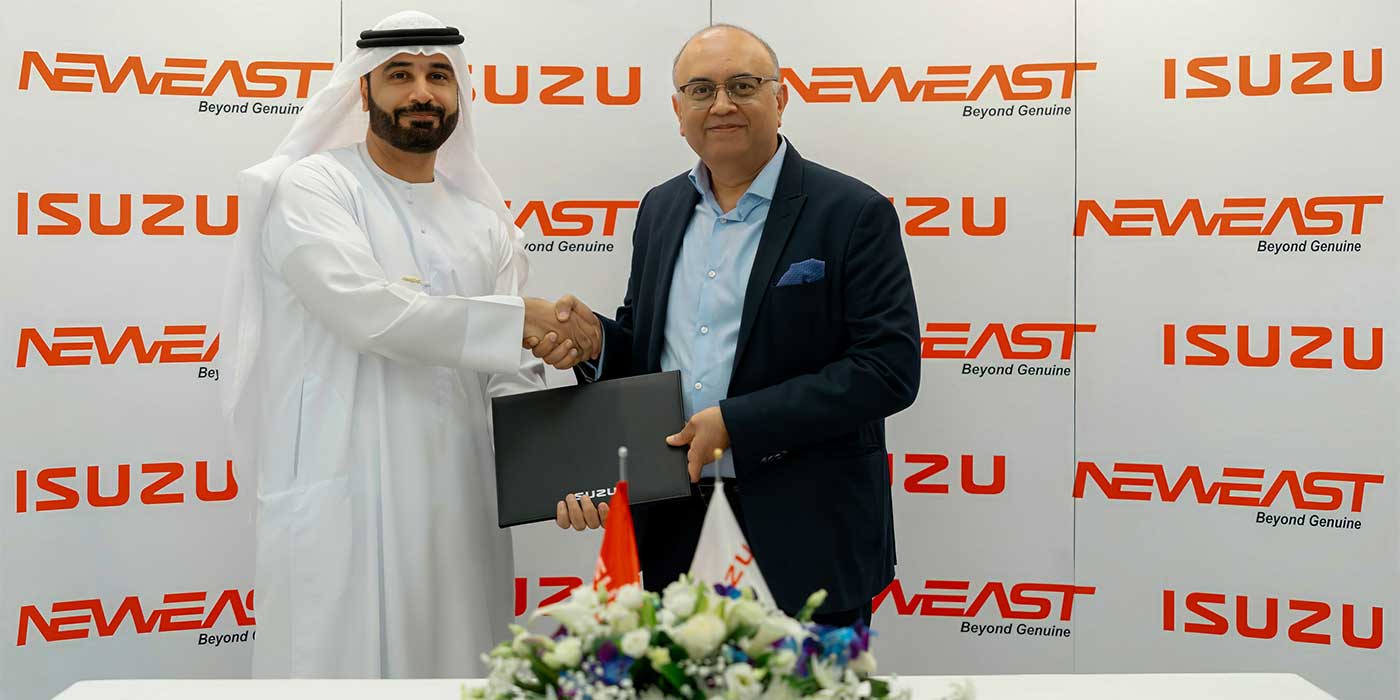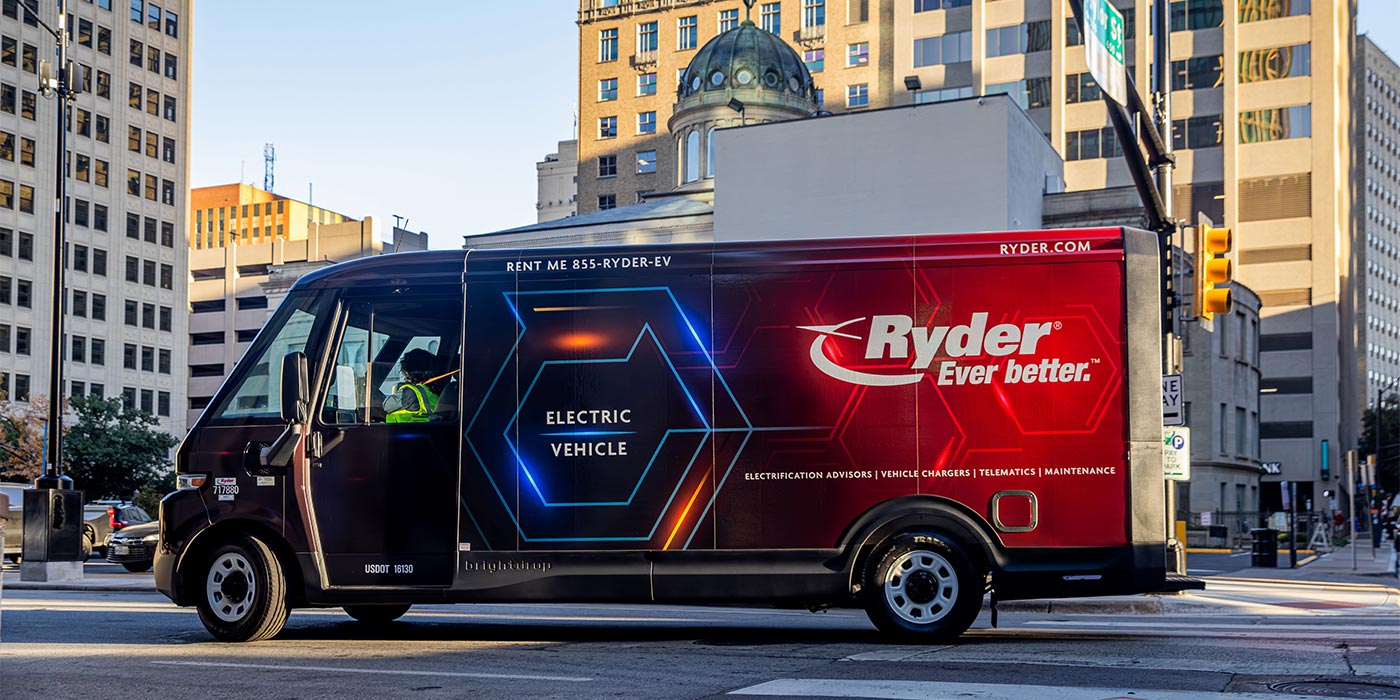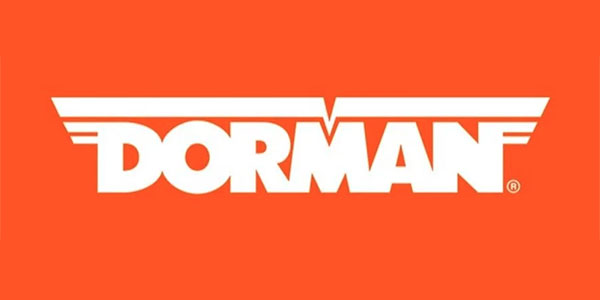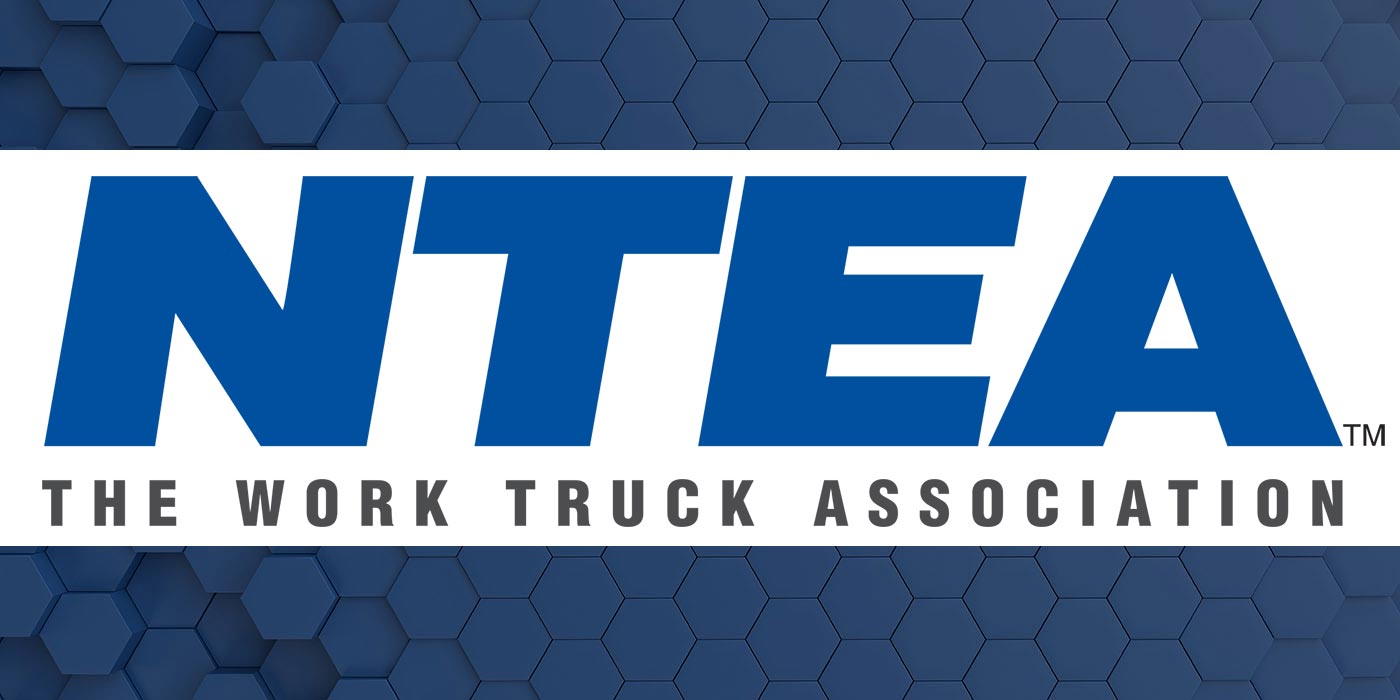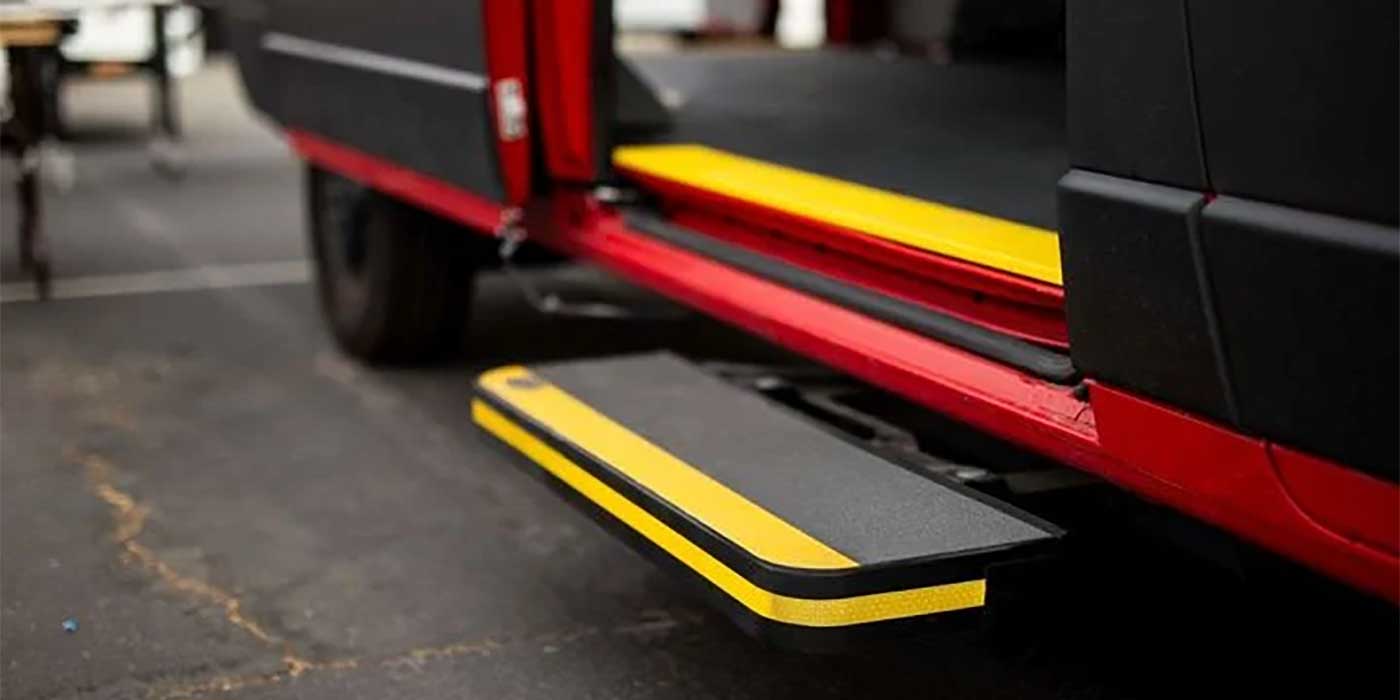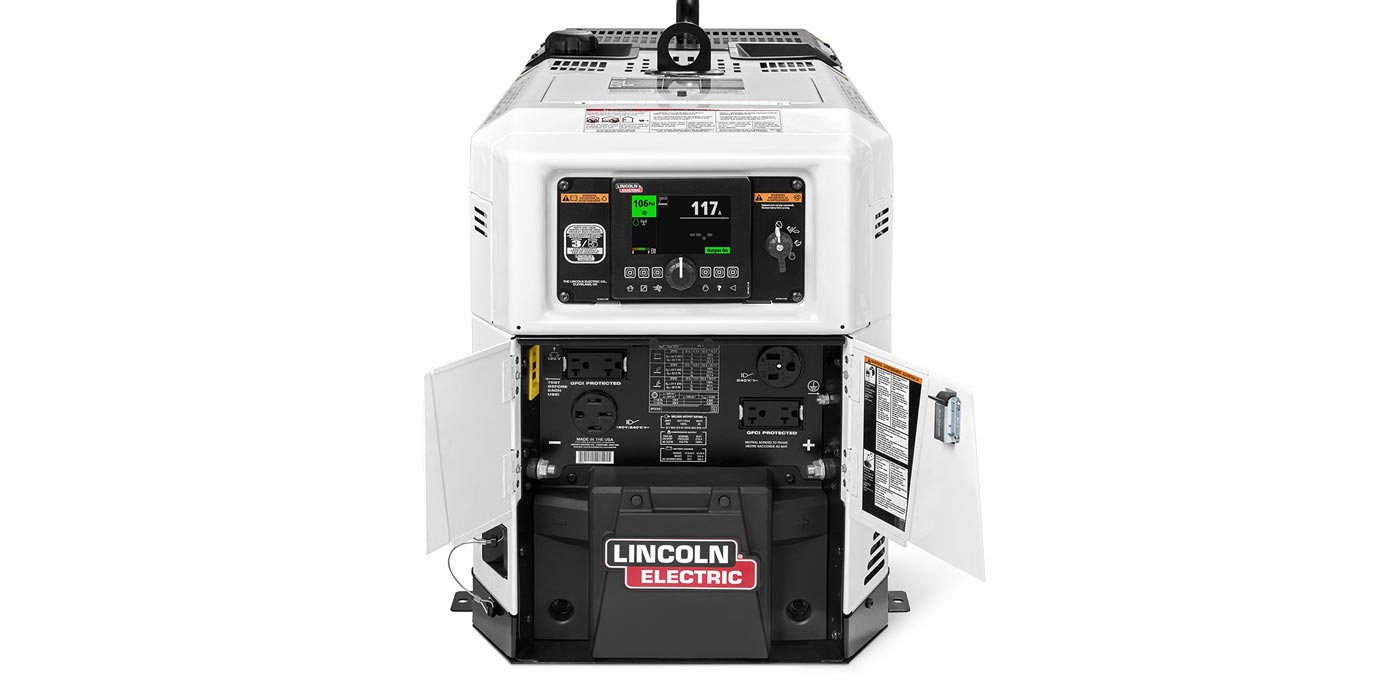For medium-duty fleets, considering all the factors in technology maintenance and repair is a proven path to lowering costs. In many ways, medium-duty trucks are becoming technology platforms. While their main purpose remains to carry goods for pick-up and delivery operations, and parts and supplies for a wide range of field service businesses, they are also increasingly equipped with systems that enhance safety, efficiency and productivity.
On that list are technologies specified on vehicles and installed by truck OEMs and body and equipment builders, as well as aftermarket solutions added by fleets. Examples include tracking systems, in-cab tablets, printers and scanners for workflow management, video monitoring systems, back-up cameras, tire inflation and monitoring systems, and on-board generators, to name just a few.
“Fleet owners and managers spend a great deal of time evaluating and calculating the total cost of ownership [TCO] for technologies,” says Deryk Powell, president and chief operating officer of technology deployment at Velociti Inc. “One area that is easy to overlook, however, is the maintenance of those systems, which that can require special skills for technicians and replacement parts that aren’t generally stocked by in-house fleet maintenance operations.
“As the multitude of technologies become increasingly common in medium-duty operations,” Powell continues, “businesses that operate fleets need ensure they remain in working condition. A non-functioning technology is simply not able to provide its intended return on investment, to improve process efficiency and productivity, to enhance safety, or to help ensure compliance with driver Hours of Service and other regulations.”
When technologies aren’t functioning correctly, Powell notes, fleet managers need to be able to have them repaired and returned to working order in a timely and effective manner: “Otherwise, fleet owners are looking at a higher TCO related to lost efficiency and productivity, a loss of revenue due to diminished customer confidence, or even fines and penalties from non-compliance with governmental regulations.
“For fleets that rely on technologies, the cost equation changes the minute a truck has to be taken out of service for a period of hours or even days to facilitate often critical technology system repairs,” Powell continues. “The availability of parts, the limited experience of in-house technicians and other hurdles can also easily extend the repair time-frame. For medium-duty fleets, like it is across all segments of the transportation industry, time is money. When a vehicle is taken out of service for a technology issue it carries significant cost far beyond just the cost of the repair.”
From a TCO perspective, according to Powell, medium-duty fleet operators must consider more than the cost of the repair itself. To help reduce downtime when repairs are needed, something that can be prohibitively expensive, fleet owners also need to factor in the time and expense of ordering, warehousing and managing spare inventory for a myriad of technologies on their vehicles.
“To help control inevitable technology repair costs and reduce cycle time,” Powell says, “fleets should consider relying on outsourced vendors that specialize not only in the repair and maintenance of technology systems but in managing inventory as well. They should look for an outside maintenance and repair partner with the ability to perform a wide variety of technology system repairs and maintenance options; that has the capability of managing a large inventory; that will work at the fleet’s location; and that is able to offer flexible scheduling, such as working when the vehicle is scheduled to be off-duty.”
When it comes to the many technologies medium-duty fleets are using on today’s vehicles, the ability to facilitate quick and effective repairs is among the key components of controlling TCO. “Vehicles and drivers are revenue-producing assets,” Powell concludes. “When they’re out of service for a technology repair, the true cost is often much more than just the repair cost.”

